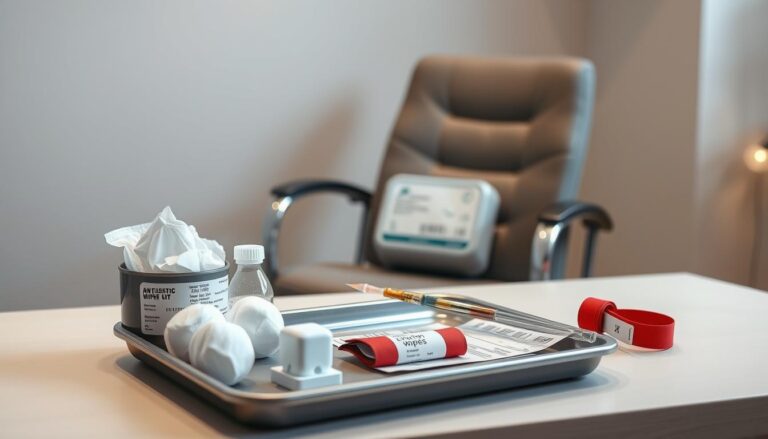What Is an HbA1c Test and Why It’s Crucial for Diabetes Management
Regular blood sugar tests measure glucose levels at a specific moment, while HbA1c reflects your average blood glucose over the past 2-3 months. HbA1c provides a comprehensive view of long-term glucose control, whereas daily tests help manage immediate variations. Both are important for complete diabetes management.
Yes, this is possible. You might have normal fasting glucose but experience high blood sugar levels after meals or at other times during the day. The HbA1c captures these elevations that a single fasting test might miss, which is why it’s a more comprehensive indicator of overall glucose control.
HbA1c reflects the past 2-3 months of glucose control, so changes won’t show immediately. With consistent lifestyle modificationas including diet, exercise, and medication adherence, you can expect to see improvements in your next HbA1c test, typically done 3 months after implementing changes.
While highly accurate for most people, certain conditions can affect results, including anemia, hemoglobin variants, kidney disease, and pregnancy. If you have these conditions, inform your healthcare provider, who may recommend alternative testing methods or interpret results differently.
The general target for most adults with diabetes is below 7%, but individual targets vary. Younger, healthier patients might aim for 6.5% or lower, while elderly patients or those with complications might target 7.5-8%. Your doctor will set personalized targets based on your age, health status, and risk factors.







